




 [Rundweg Religion]
[Rundweg Religion]
Dorsten's History - Station 1: Franciscan Monastery
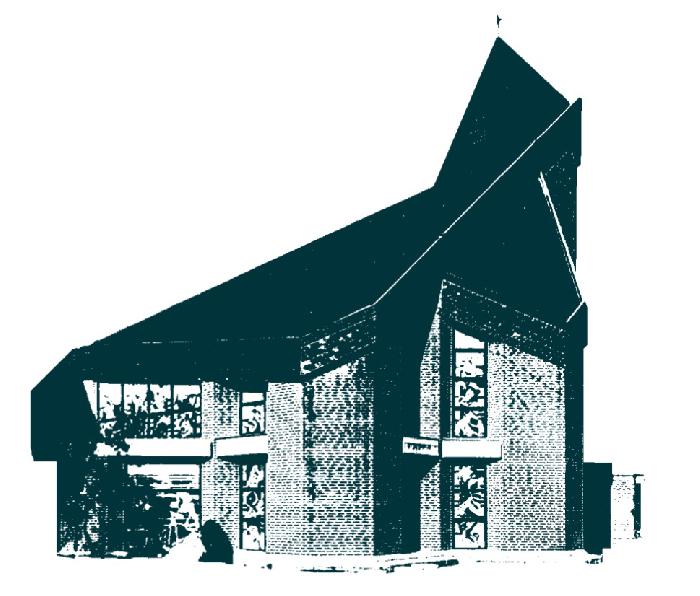
Although the friars have all retired, they are by no means inactive. Many pastoral and other duties keep them fully occupied, despite their age. Only the most important duties are shown here:
The charitable social work must not remain unmentioned. Every weekday from 08:30 to 09:30, between 10 and 15 needy and homeless people receive food at the doors of the monastery. In addition to that, it is not just a few who request assistance at other times of the day.
Apart from the two short compulsory dissolutions during the Thirty Years' War and during the "Kulturkampf", the Franciscans have been in Dorsten since 1488 and at the same place where the monastery and church stand, today.
|
|
Jahr |
_ |
As Franciscan Sisters, various religious communities and congregations for women are referred to, which | |
|
Bartholomew Diaz sails around the Cape of Good Hope
| _ |
1488 |
_ |
Following the consent of Pope Innocence, Hermann IV, Archbishop of Cologne, agrees to the plans of the Franciscans "to start building a new monastery, to add a chapel, from which to build a church." |
|
The “New World” is divided between Spain and Portugal.
| _ |
1493 |
_ |
The construction of the new monastery is sufficiently completed, so that fourteen priests, four friars, a deacon and a sub-deacon can live there. The church will be built in the following years. |
|
Galileo Galilei is forced to make a revocation of his findings.
| _ |
1633 |
_ |
The Franciscans have to leave Dorsten, following the occupation of the town by the Hessians. The monastery is used for the storage of army materials and supplies. |
 School buildings of the Petrinum Grammar School 1642 |
1642 |
_ |
The Franciscans return to their monastery after the emperor's troops have regained the town for the Archbishop of Cologne. Together with the town of Dorsten, they establish the Petrinum Grammar School. | |
|
In the Holy Roman Empire provinces of German nations, the prince-bishoprics are abolished and many monasteries are dissolved.
| _ |
1803 |
_ |
The monastery in Dorsten is retained but it is banned from admitting novices up until 1843. |
|
Clashes between Bismarck and the Catholic Church (The Kulturkampf)
| _ |
1875 |
_ |
The monastery is closed. The Provincial at that time, Father Gregor Janknecht of Kirchellen, established two ecclesiastical provinces in the USA and from 1891 onwards, two in Brazil. |
|
|
1887 |
_ |
The religious order resumes its activities. | |
|
|
1902/ 1903 |
_ |
The monastery, which accommodates the order's own college of theology and philosophy until the end of World Wor II, is newly constructed. | |
|
The united nations (un) are founded 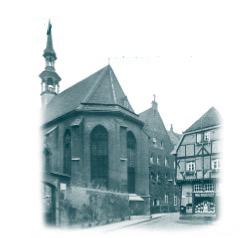 The Monastery before its Destruction. | _ |
1945 |
_ |
The church and monastery are destroyed by the air-raid carried out by the Allied Forces on 22nd March. |
|
The doctor, Albert Schweitzer, receives the Nobel Peace Prize. 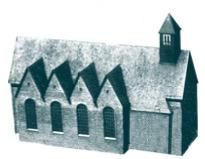 Franciscan Church 1952 | _ |
1952 |
_ |
The new Franciscan church, built with the help of people of the town, is officially opened / consecrated. |
|
The next conference meeting for security and co-operation in Europe takes place.
| _ |
1977/ 1978 |
_ |
The newly-built monastery and church are officially opened/consecrated. |
[zurück]
Daten und Fakten
Eröffnung - 18. August 2001
Adresse - Franciscan Church, Lippestraße
Geodaten - 51°39'40.0 6°57'48.2
The starting date was 18th August 2001
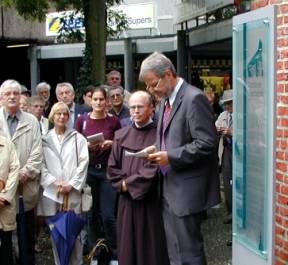
Mayor Lütkenhorst welcomes the initiative of the club to have the first of the over 30 planned "History Stations" erected at this place.
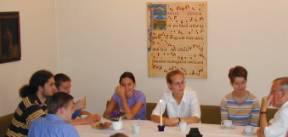
Following the official opening ceremony of the "History Station" about the Franciscan Monastery, they, plus their pupils are guests of the Franciscan monks.

We are thankfully given support for both actions by the Imping bakery and by regular monetary donations from the "LC Dorsten Hanse" ("Lions Club of the Hanseatic town of Dorsten) and by many others, who make a donation at the monastery doors.
We are dependent on this because we Franciscans living in Dosten are retired and have no regular income. We have, however, worked all our lives for the order, which is our assurance.

